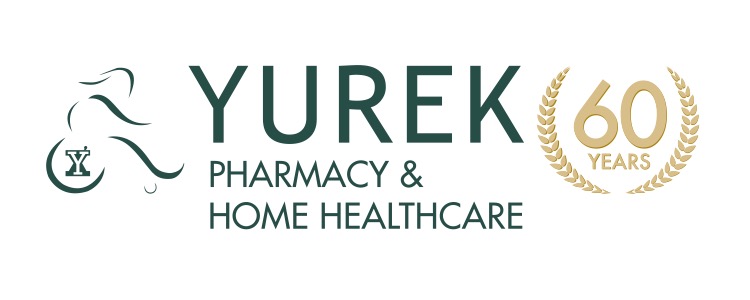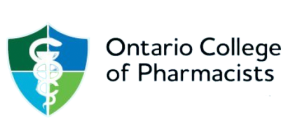A variety of over the counter (OTC) products exist to treat symptoms. While they do not alter the course of the cold, they may help to relieve symptoms. By using an OTC medication, you can get over a cold in a week; without them it will take over 7 days. One of the most common questions asked is “which product is right for me?” With so many products on the market, wading through the cough and cold aisle may seem like a difficult task. A couple of suggestions:
Only treat the symptoms you are experiencing; check for conditions such as high blood pressure/diabetes/thyroid disease; and finally ask your pharmacist to select a product that is best for you.
Some cold medicines with certain ingredients will have better effects for certain types of coughs and colds. For example:
Chest Congestion
Some cold medicines contain ingredients that loosen or thin out mucus in the chest so that it is easier to clear when you cough.This ingredient in cold medicine is called guaifenesin.
Cough
Some multi-symptom cold medicines contain active ingredients that work by temporarily reducing the cough reflex, which makes you cough less. The cough suppressant active ingredient in cold medicine is dextromethorphan.
Pain and Fever
Some multi-symptom cold medicines may contain ingredients for pain (pain reliever) or fever (fever reducer). There are two basic types of pain relievers and fever reducers: 1) products containing acetaminophen, and 2) a group of products known as nonsteroidal anti-inflammatory drugs (NSAIDs).
Pain reliever and fever reducer active ingredients in multi-symptom cold medicines include:
Acetaminophen
Aspirin (NSAID)
Ibuprofen (NSAID)
Naproxen sodium (NSAID)
Runny Nose and Sneezing:
Some multi-symptom cold medicines contain antihistamine active ingredients to help relieve runny nose and sneezing. These may be the same active ingredients as the ones used in allergy medicines.
Antihistamine active ingredients in cold medicines include:
Chlorpheniramine
Diphenhydramine
Doxylamine
Pheniramine








